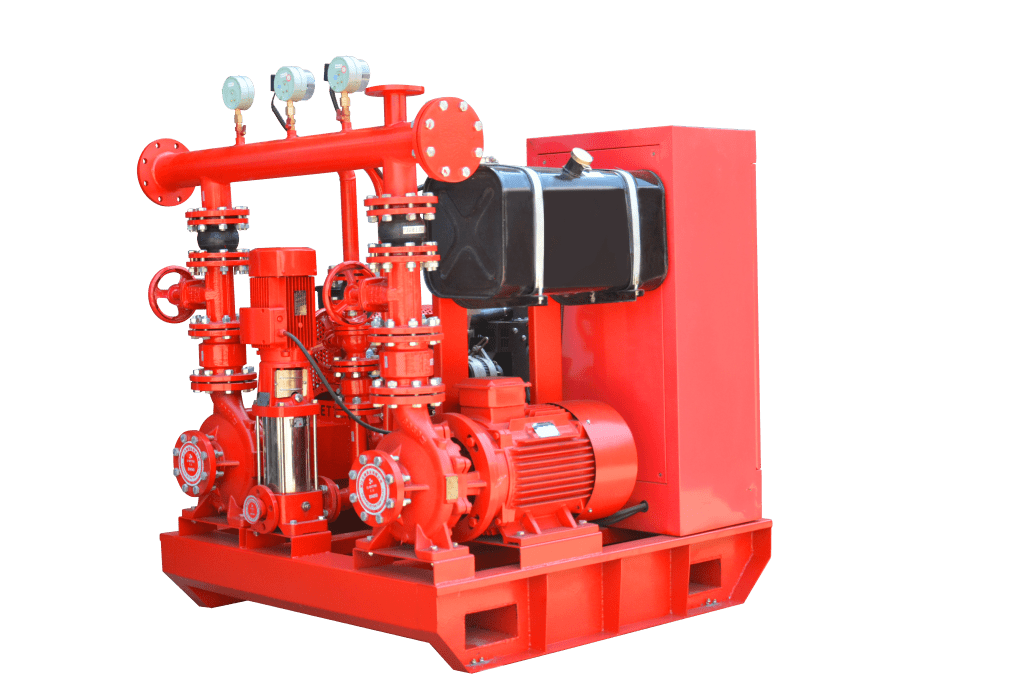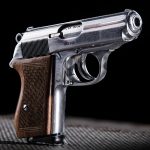Fire fighting water pumps can provide a powerful force that can push large amounts of water over long distances. However, it’s important to understand how these systems work prior to an emergency situation occurring.
NFPA 20 outlines the requirements for electrical motor, diesel engine and steam turbine fire pump drivers (the driver is what spins the shafts that provide water to the system). Each type has unique power requirements.
Power
The fire pumps in your building’s fire suppression system require a lot of power to function. Without adequate and reliable power, the fire suppression systems will not work properly and the building will be at risk of a catastrophic failure. As such, there are a lot of rules and requirements in place that govern how to design and install fire pump systems including their power supplies.
When selecting a water pump for your fire fighting system, it’s important to understand the two acronyms that are most commonly used: PSI and GPM. PSI refers to the pressure of the water that the pump is capable of producing, while GPM indicates how much water the pump can move over a certain amount of time. The higher the PSI, the greater the force that the water can exert when it comes out of the pump and hose.
For fire pumps, a special type of engine is required to provide power. This engine is normally diesel-driven and requires a fuel storage tank, ventilation of combustion products, and frequent run tests to maintain proper functioning. The NFPA 20 standard also requires the water jacket to be kept at a specific temperature in order to start the fire pump correctly. Hotstart offers a variety of thermostatically controlled heaters to meet this requirement.
Discrepancies in the power supply to the fire pump are often the root cause of damage to stand-by fire pumps. This damage can result in a number of different issues, from the inability to produce high-pressure water during an emergency to the failure of components within the pump.
Fuel
Fire pumps are driven by diesel engines or electric motors and are used to increase the water supply pressure available from public mains, gravity tanks, reservoirs or other sources. They can be either transportable (installed on fire fighting vehicles or as portable pumps) or fixed (such as hydrants or sprinkler systems).
The pump is only part of the fire pump system; it requires a driver to spin the impeller and move water. A diesel engine is the most common driver choice, but an electric motor is also available.
Both diesel and electrical engines require a specific fuel that is clean, dry and suitable for use in the engine. NFPA 20, the engine manufacturers and their fuel suppliers have precise requirements for the grade of fuel that can be used in the engines. Residual fuels, drained furnace oils, biodiesel above certain percentage limits and kerosene are not allowed.
The fuel tank is sized to store the required amount of fuel for the engine to operate at rated capacity. The tank must be a dedicated, listed fuel tank and located within the fire pump room. The exhaust system piping must be sized to avoid back pressure on the diesel engine, meet noise requirements and be kept short and insulated to prevent heat transfer into the fire pump room or other areas of the building.
Location
Fire Pump is one of the most essential machinery on a ship as it prevents any extreme emergency situations involving fire. It is installed in a separate room on board and its role is to supply water to the fire lines. The fire pump is also a backup system and as such it must be kept ready at all times to avoid any delays during emergency situation.
It is mandatory that all ships should have a spare fire pump to provide water in case the main fire pumps are not working. This is to ensure that the fire line doesn’t become inactive, as such a scenario will lead to rapid spread of fire on board the ship.
All the ships must have a dedicated space for the emergency fire pumps as per the regulations of SOLAS Chapter I-2, Part A regulation 4. The location of the fire pump is usually in the engine room or on deck depending upon the tonnage of the ship. The other option is to install it near the general service pump or ballast pump.
It is important to keep the diesel fire pump in an environment which complies with the requirements set by NFPA 20. The area should be large enough to accommodate the engine as well as its exhaust system. A backflow preventer should be located a minimum of 10 times the pipe size diameter from the fire pump suction flange (NFPA 20-2013, Section 4.27.3). It should also have an indicating control valve installed on the discharge side.
Maintenance
The best way to ensure your fire pump is ready to work in the event of a fire is through a strict maintenance system. Each facility and structure is different, so the exact details of testing, inspections, and other requirements will vary. However, some general rules apply across the board.
All systems need regular tests to make sure everything is working correctly. This includes the fire pumps and transfer switches in your facility as well as any other parts of the system. It’s also important to keep your fire protection system updated as your property changes-from relocating files to renovating spaces-or even just changing how they are used.
NFPA 25 states that inspections of systems should be conducted by a person who has demonstrated competence through training and experience. While some people use an outside professional for annual flow testing, weekly and monthly no-flow tests can often be handled by in-house staff members.
A diesel engine fire fighting water pump is typically only activated when the sprinkler system goes on and will run until the fire is extinguished. The water will then be returned to the storage tank until a new fire signal is sent to start up the system again. In the interim, the fire pump must be inspected daily to check that it’s working properly and there is no physical damage.


